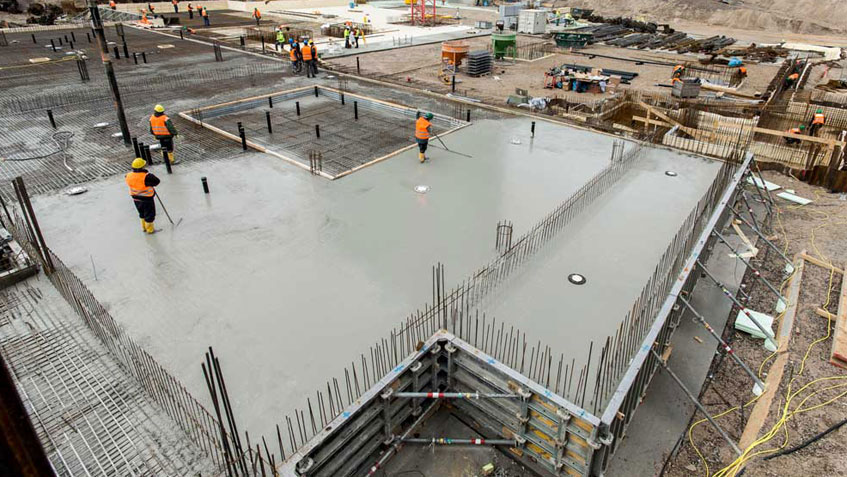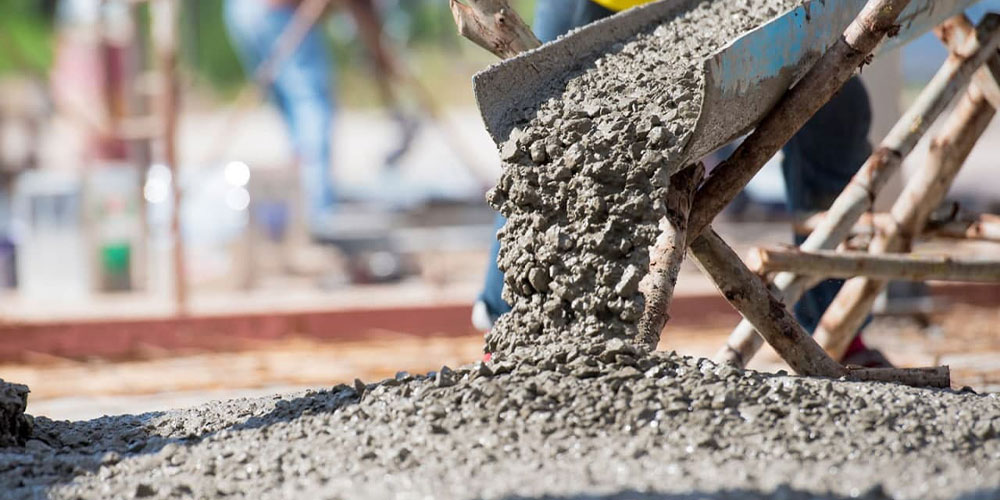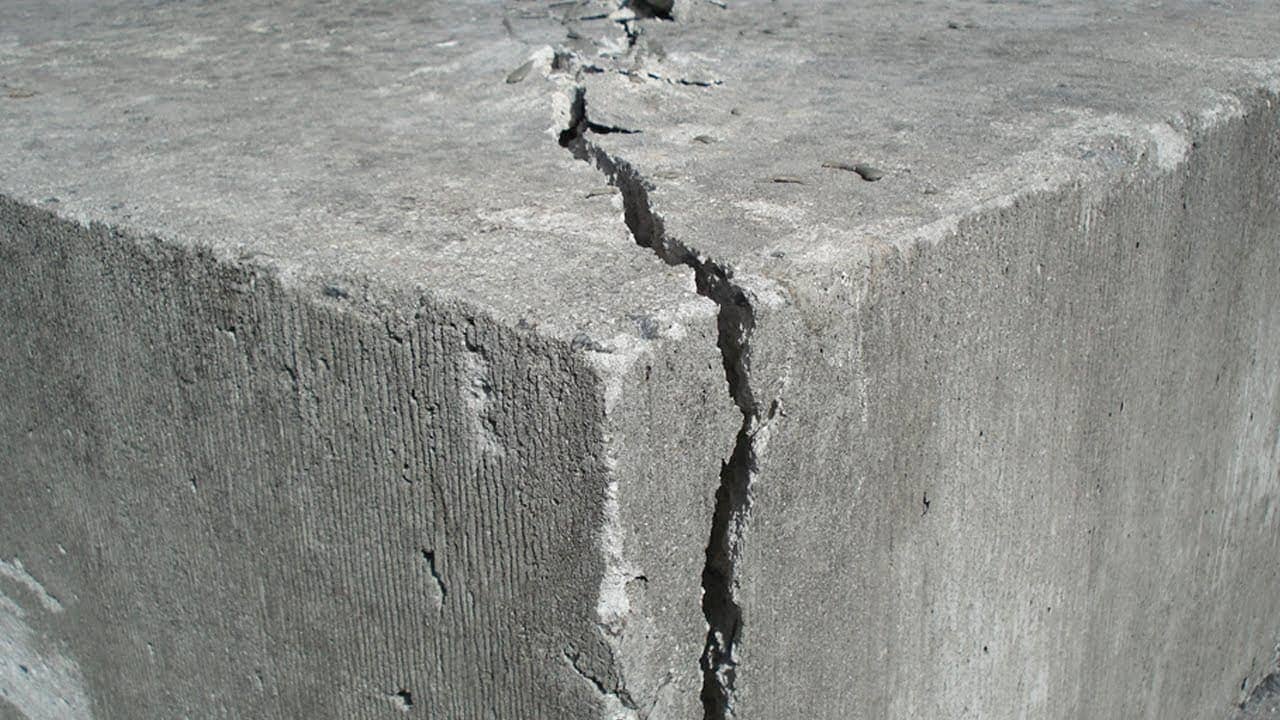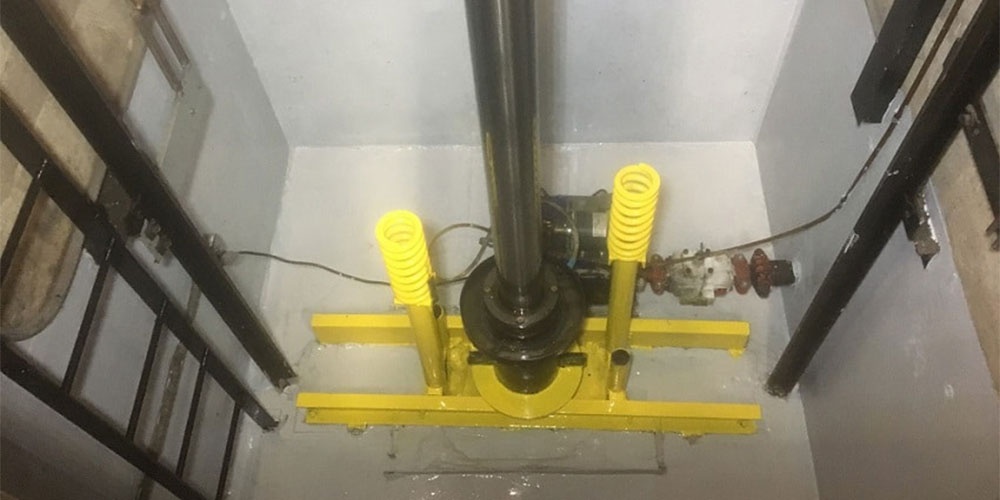The components of concrete consist of three main elements: gravel, sand, and cement, which are bonded together by cement. However, it is clear that this bonding requires water. Concrete has both advantages and disadvantages, making its use necessary and beneficial in some cases, while impossible or harmful in others.
The Disadvantages of Concrete:
The negligible tensile strength of concrete causes sudden collapse and failure of concrete structures during earthquakes.
The problem of concrete brittleness can be addressed by reinforcing it with steel rebar in the direction of tensile forces. However, in many cases, the direction of these tensile forces is not precisely known.
On the other hand, fresh concrete undergoes shrinkage, leading to changes in its dimensions and the formation of cracks. These cracks in concrete increase its permeability, cause surface deterioration, corrode the rebar, and reduce its mechanical properties.
One of the suitable solutions to address these issues is using low amounts of fibers to control crack growth and enhance the tensile strength of concrete. The widespread application of fibers began in the early 1960s in advanced industrial countries, and over these decades, the type, shape, and manufacturing process of fiber-reinforced concrete have improved significantly.
The historical evidence of this technology is the use of kahgel (a traditional Iranian plaster) in buildings. In fact, fiber-reinforced concrete is an advanced form of this technology, where natural and synthetic fibers replace the clay used in kahgel.
The fibers used in concrete are produced from various materials such as glass, steel, carbon, polypropylene, Kevlar, and others. Among these, steel fibers have several advantages over the others. The advantages of steel fibers are as follows:
- They have a high modulus of elasticity and tensile strain, making them the most suitable and cost-effective type of fibers due to their excellent formability and high tensile strength.
- They provide the greatest increase in the strength and ductility of concrete.
- They can be manufactured in various shapes to improve the behavior of concrete.
However, the more important point in increasing concrete resistance is reducing the water-to-cement ratio.
N50 concrete adhesive and additive, by providing this ratio under ideal conditions, increases the strength of the concrete and the bonding capacity of the concrete to the rebar.
One of the most important features of N50 concrete adhesive and additive is:
-
Compatible with various cement mortars of different grades
-
High bonding strength and connection between old and new structures
-
Increased tensile and flexural strength
-
Maintaining the concrete slump
-
Can be used as an alternative to de-icing agents
-
Temperature resistance from -75°C to +350°C
-
Non-flammable
-
Environmentally friendly
-
Resistant to UV rays and CO2 gas
-
Creating greater cohesion among the components of concrete
-
Very strong hardening and sealing properties for concrete









